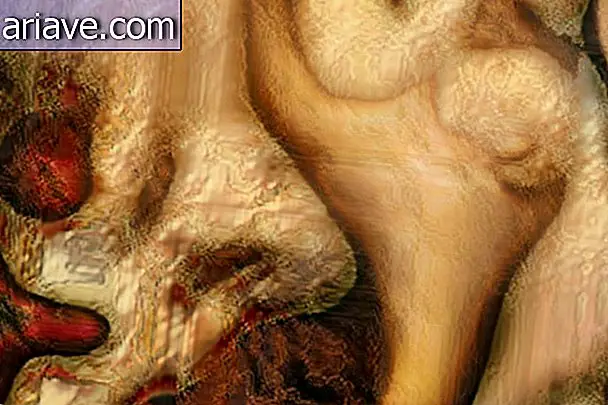The smell of death: dogs are better than body finders
Have you ever noticed that when disasters happen, the authorities responsible for the discovery and rescue of people and bodies always count on the presence of some dogs? This is not because they simply are human's best friends. It turns out that animals are the most versatile and reliable method of finding life or bodies amid wreckage.
No machine ever created can match the smell of decay as accurately as our four-legged, wet-nosed friends — especially dogs with their own training, called Human Remains Detection (HRD).
Okay, now that you know or remember why dogs are used, what chemistry catches your eye during searches? What kind of smell? This is what some scientists are trying to find out.
Smell of decomposition
A decomposing human body releases more than 478 chemical components. Within these hundreds of odors, some of them "activate the dog's nose". So research at Texas A&M University seeks to find out which smells are appealing to the animal. This way, you can perform more effective training.
It has also been found that the specific smell is present throughout the decomposition process, from recent death to years old skeletons. Still, it is also present in samples of blood, bones, fat, tissue and, believe it or not, ashes. Furry friends feel death full even on the ground where a body has been for a while.
Specific training comes to differentiate the types of odors. For example, dogs that are not trained can confuse decomposed animal and human remains.

Chemistry and the possible answer
The two components that are probably most striking are cadaverine and putrescine. Both are produced in amino acid breakdown during decomposition. They were believed to be responsible for alerting the dogs. However, a study done at the University of Tennessee in 2004 shows that they are not the key point of the equation, although they are important. This is because, after testing with samples, 400 components were discovered. And the amount of cadaverine and putrescine was very small.
Yet another study, done by Body Farm in 2008, may have found part of the final answer, and it's in the bones. "Farm of Bodies" compared chemical vapors from human skeletons, dogs and pigs. So he found that each bone type produced different chemicals in some classes.
Even if there is no conclusive answer yet, several scientists continue the search. The final discovery, while revealing, can take HDR dogs to the next level. They will be faster and more "sensitive" to help find bodies in disasters and accidents.











